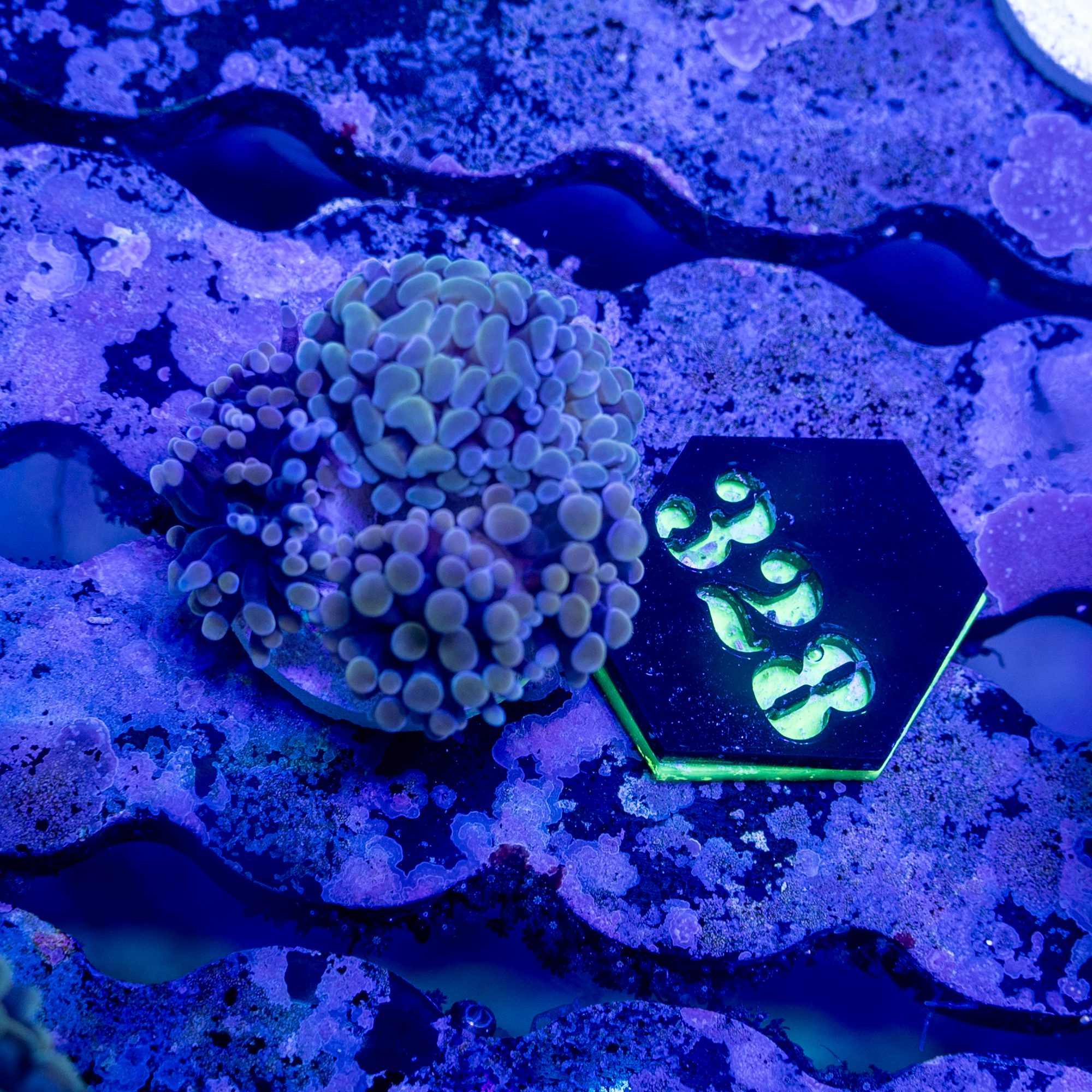Description
General information about Hammers:
Hammer Corals are made up of Euphyllia Ancora, and Euphyllia ParaAncora, but like Frogspawn – there is so much variety out there than this, from the Curly Que Indonesian Wall Hammers, to the globbing growth patterns of the Ancoras found on the Great Barrier Reef, to some really cool XXL polyped Branching Hammers we’ve seen coming out of Indonesia likely, exported under ParaAnchora CITES where each head grows to 3″+ of bone structure per head!





